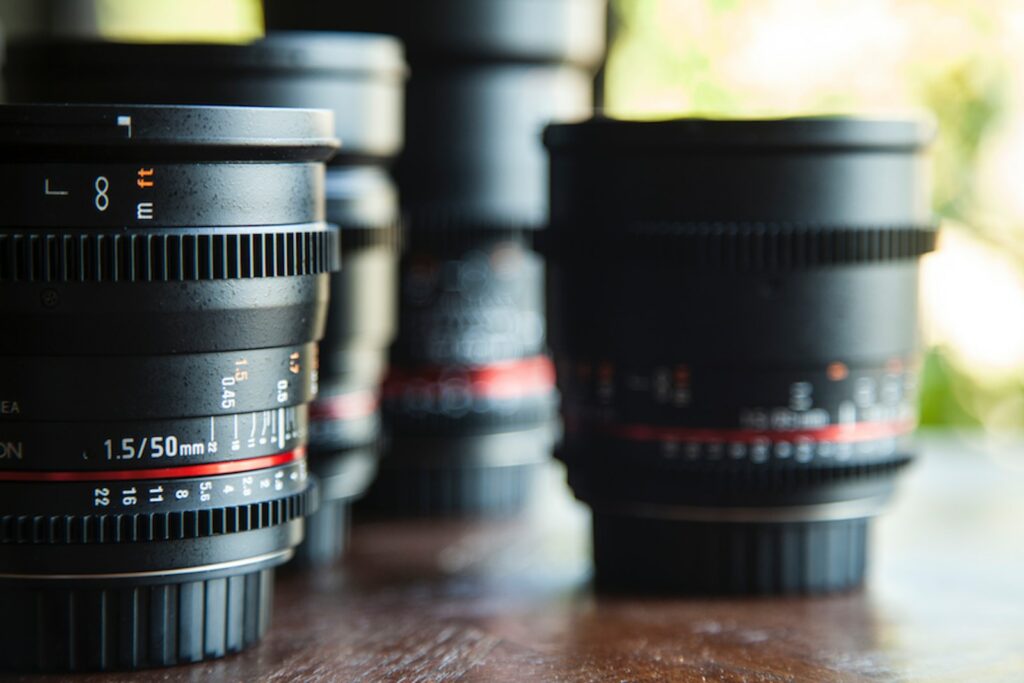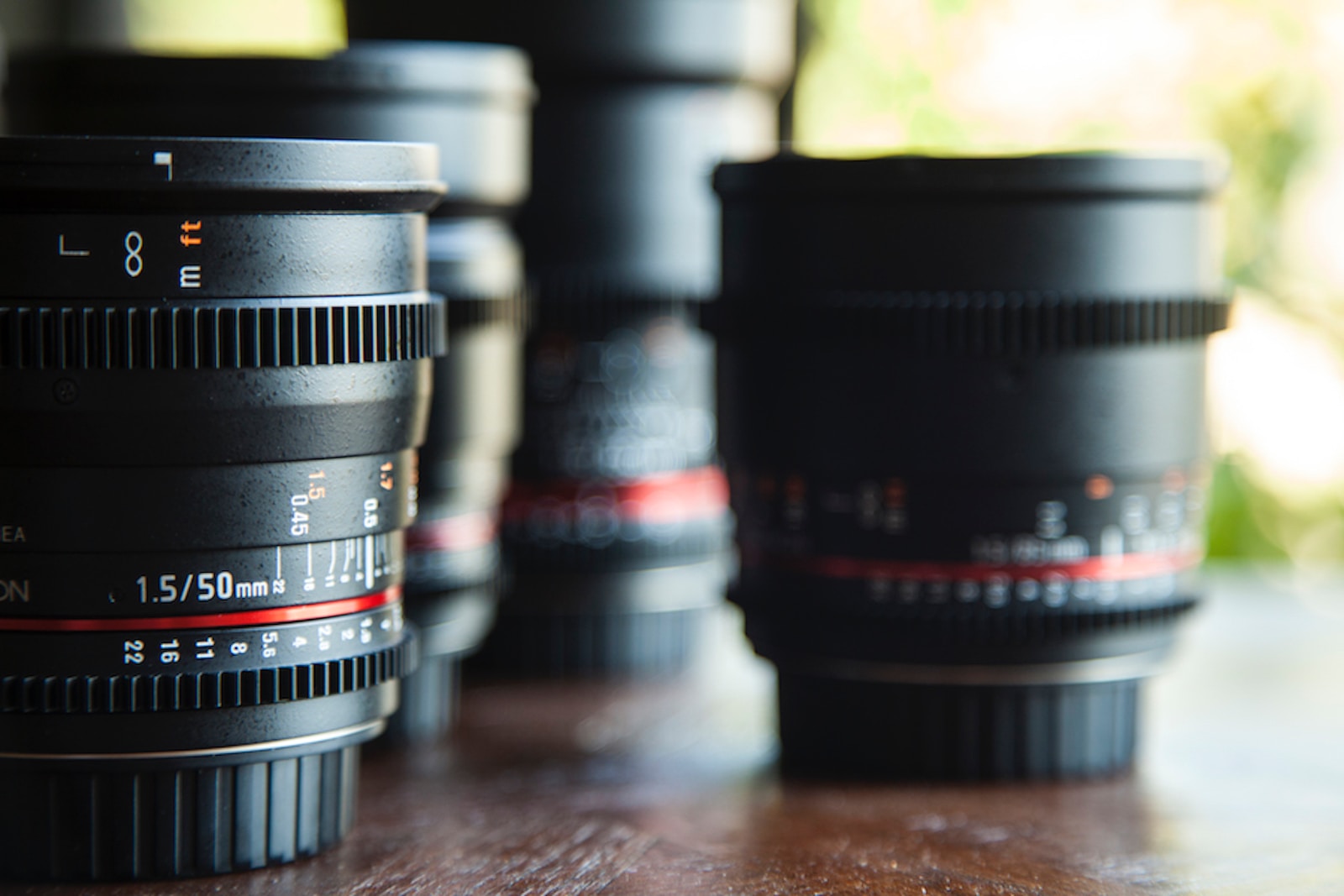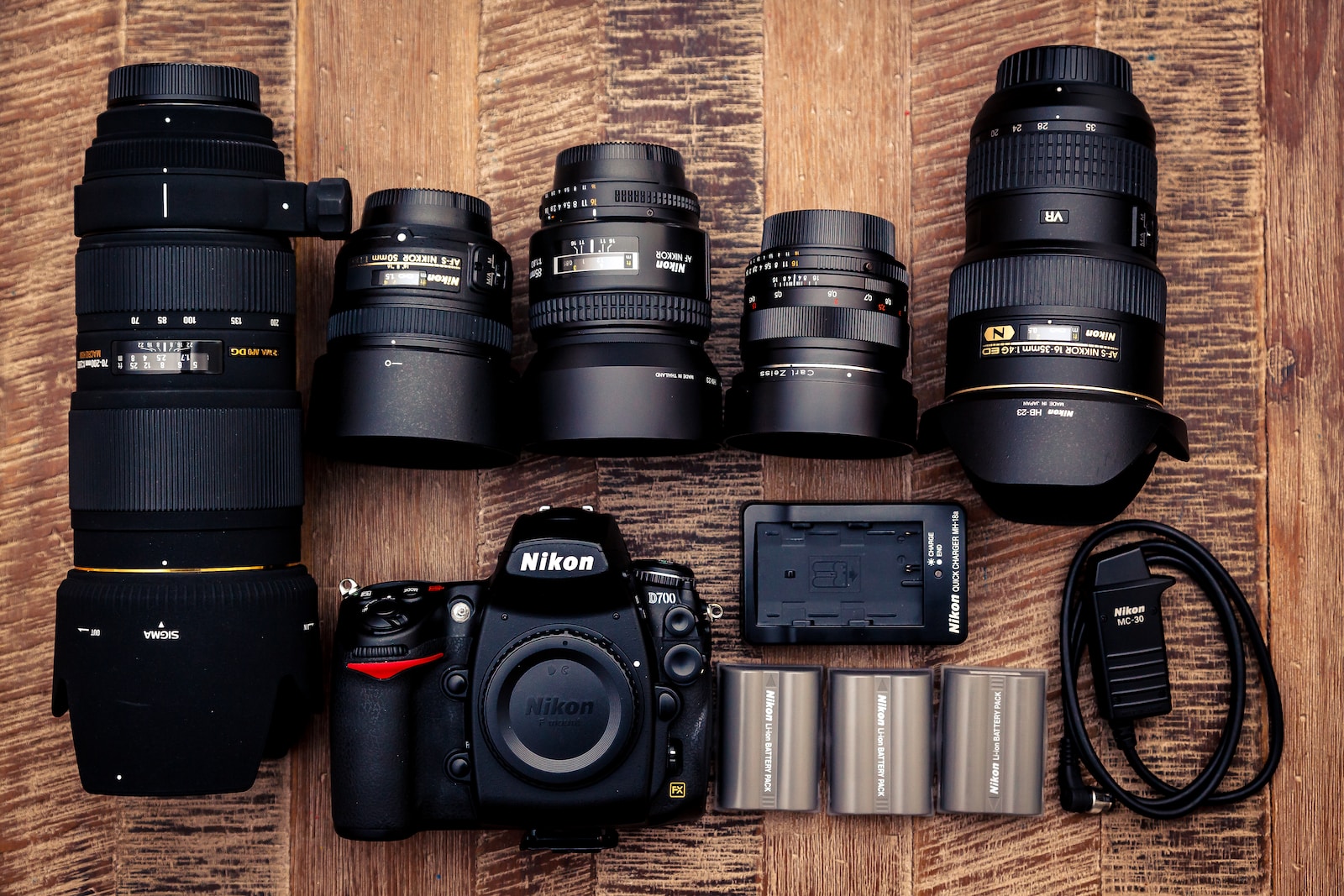Are you looking to improve your photography skills and take your images to the next level? Understanding camera lenses is crucial for capturing the perfect shot. With a comprehensive guide, we’ll walk you through the different types of lenses, provide photography tips, and help you navigate the world of DSLR and mirrorless systems. Whether you’re a beginner or an experienced photographer, this guide will equip you with the knowledge you need to choose the right lens for your needs and enhance your photography skills.
Table of Contents
- The Importance of Camera Lenses
- Navigating the World of DSLR and Mirrorless Systems
- My Story as a Photographer
- Frequently Asked Questions
- 1. What are camera lenses?
- 2. What types of camera lenses are available?
- 3. What is the difference between DSLR and mirrorless camera lenses?
- 4. How do I choose the right camera lens?
- 5. What are the key features I should look for in camera lenses?
- 6. How do I use different camera lenses creatively?
- 7. Are camera lenses interchangeable between brands?
- 8. Can I use old lenses with modern digital cameras?
- Wrap Up
The Importance of Camera Lenses
Camera lenses are the eyes of your camera, allowing you to capture and interpret the world around you. Each lens has its own unique characteristics, focal lengths, and abilities, giving you the power to create different types of images. Understanding the purpose and capabilities of different lenses is crucial for achieving your desired results. In this comprehensive guide, we’ll delve into various types of camera lenses, including prime lenses, zoom lenses, telephoto lenses, wide-angle lenses, and macro lenses.
Prime Lenses: Simplifying Photography
Prime lenses are your go-to for producing high-quality, sharp images. These fixed focal length lenses provide excellent image quality, low light performance, and bokeh effects due to their wider apertures. Discover why prime lenses are the holy grail for portrait photography. Though limited by their fixed focal length, their wide apertures compensate by giving you more creative control over depth of field.
Zoom Lenses: Versatility in a Single Lens
If you prefer versatility, a zoom lens may be the perfect choice for you. These lenses offer a range of focal lengths, allowing you to zoom in and out without changing lenses. Discover the advantages and disadvantages of zoom lenses and how they can be useful for various photography genres, such as wildlife, sports, and event photography. We’ll also share tips on selecting the right zoom lens based on your preferences and requirements.
Telephoto Lenses: Bringing the Distant Closer
Are you interested in capturing subjects from afar? Telephoto lenses are designed for long-distance photography and can bring your subject closer, making them appear larger and more detailed. Explore the capabilities of telephoto lenses, understand their ideal uses, and learn how to overcome potential challenges, such as camera shake. Discover the key considerations for choosing the right telephoto lens to capture stunning wildlife, sports, or landscape images.
Wide-Angle Lenses: Expanding the Frame
Wide-angle lenses allow you to capture more within the frame, making them ideal for landscape, architectural, and interior photography. Understand the characteristics of wide-angle lenses and how to effectively compose images with them. We’ll guide you on handling distortion and getting the best results with wide-angle lenses. Discover tips and techniques for incorporating leading lines and foreground interest to create visually compelling wide-angle compositions.
Macro Lenses: Exploring the World of Close-up Photography
Macro lenses open up an entirely new dimension of photography, enabling you to capture intricate details and explore the beauty of tiny subjects. Dive into the world of macro photography as we explore the different magnification ratios, focusing distances, and techniques for capturing stunning macro images. We’ll also provide tips on lighting, composition, and specialized equipment to enhance your close-up photography skills.
Before investing in lenses, it’s important to understand the fundamental differences between DSLR and mirrorless camera systems. We’ll compare the two, discussing their advantages and disadvantages, and helping you make an informed decision based on your photography goals. We’ll also explore lens compatibility, lens mounts, and third-party lens options to further expand your options in the world of photography.

Now that you have a comprehensive understanding of camera lenses, you’re equipped to make informed decisions when selecting the right lens for your photography needs. Remember to consider factors such as focal length, aperture, image stabilization, and lens compatibility. By choosing the right lens, you can elevate your photography and capture breathtaking images that truly reflect your artistic vision.
My Story as a Photographer
Let me share with you a personal experience that highlights the benefits of understanding camera lenses and how it can enhance your photography. A few years ago, I was invited to shoot a wedding as a favor for a close friend. Being an amateur photographer, I had only used the kit lens that came with my DSLR until then.
As I prepared myself for the big day, I realized the importance of having the right camera lens to capture the precious moments. After doing some research and seeking advice from seasoned photographers, I decided to invest in a prime lens with a wide aperture.
On the wedding day, I was blown away by the improvements in my photography with the new lens. The wide aperture allowed me to achieve a beautiful shallow depth of field, making the subjects stand out from the background and creating a dreamy bokeh effect.
During the ceremony, using a telephoto lens, I could easily capture intimate moments from a distance without disrupting the couple or the guests. The sharpness of the lens helped me capture every detail, from the intricate lace on the bride’s dress to the tears of joy rolling down a family member’s face.
As the evening progressed, I switched to a wide-angle lens to capture the reception and dance floor. This lens allowed me to capture the energy and excitement of the event, including the sweeping shots of the venue and the candid moments of everyone enjoying themselves.
Reflecting on this experience, I realized that understanding camera lenses and their capabilities made a significant impact on my photography. By investing in the right lenses and knowing when to use them, I was able to capture the essence of the wedding day in a way I could have only dreamt of with my kit lens.
I encourage you to explore different camera lenses and understand their unique qualities. Each lens has its own strengths and limitations, and by understanding them, you can elevate your photography to the next level.
Frequently Asked Questions
1. What are camera lenses?
Camera lenses are devices that focus light onto the camera’s image sensor, allowing you to capture images with different perspectives, focal lengths, and levels of zoom.
2. What types of camera lenses are available?
There are various types of camera lenses, including prime lenses (with fixed focal lengths), zoom lenses (with variable focal lengths), wide-angle lenses, telephoto lenses, and macro lenses.
3. What is the difference between DSLR and mirrorless camera lenses?
DSLR (Digital Single-Lens Reflex) and mirrorless camera lenses differ in how they handle light and transmit images to the sensor. While DSLR lenses use a mirror to reflect light into the optical viewfinder, mirrorless lenses directly project the image onto the sensor.
4. How do I choose the right camera lens?
When choosing a camera lens, consider factors like your photography style, subjects you shoot, desired focal length, maximum aperture, and budget. Research and read reviews to find the lens that meets your specific needs.
5. What are the key features I should look for in camera lenses?
Some key features to consider when selecting a camera lens are image stabilization, autofocus speed, lens coatings for minimizing flare and ghosting, and the lens mount compatibility with your camera body.
6. How do I use different camera lenses creatively?
Each camera lens has unique characteristics that can enhance your photography. Experiment with different focal lengths, apertures, and compositions to create stunning effects like shallow depth of field, wide-angle perspectives, or close-up details.
7. Are camera lenses interchangeable between brands?
No, camera lenses are designed for specific camera brands and mounts. However, some third-party manufacturers produce lenses that are compatible with multiple camera brands.
8. Can I use old lenses with modern digital cameras?
Depending on the camera system, it is often possible to use older lenses with modern digital cameras using appropriate adapters. However, autofocus functionality and other features may be limited or non-existent.
Wrap Up
In conclusion, understanding camera lenses is essential for capturing stunning photographs. With the right lens, you can truly elevate your photography game. Remember to consider factors such as focal length, aperture, and lens type when choosing a lens for your DSLR or mirrorless camera.
Now that you have a comprehensive guide to camera lenses, it’s time to put your knowledge into practice. Experiment with different lenses, explore new perspectives, and watch your photography skills grow. If you have any questions or suggestions, feel free to leave a comment below. We would love to hear about your lens experiences and photography tips! Don’t forget to share this guide with your fellow shutterbugs. Happy shooting!



